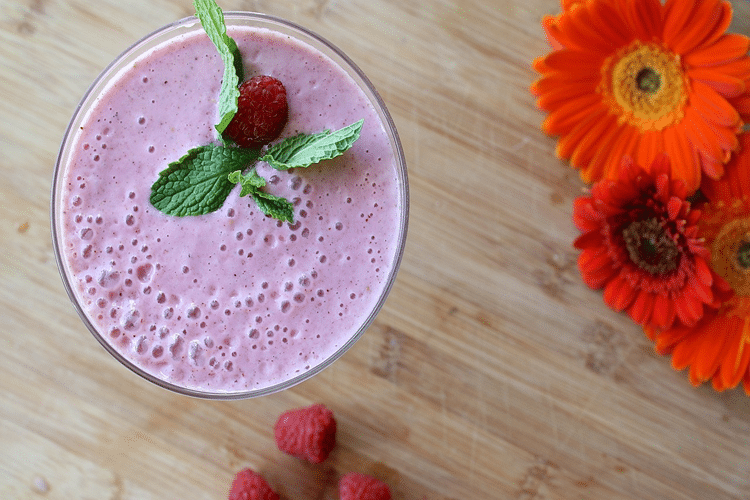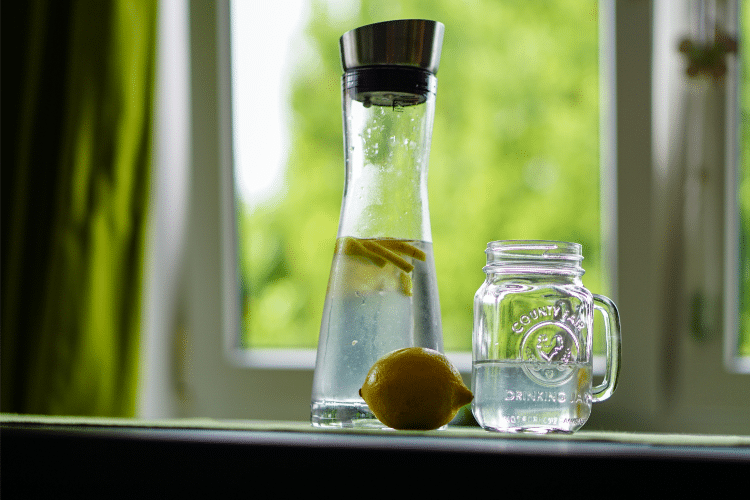
How To Keep Fit So You Can Stay Fit
Like many other areas of life, fitness running is all about maximizing reward and minimizing risk. The rewards are obvious and include better cardiovascular health, a healthier weight, and a better outlook. The risks are obvious as well. They include fatigue, muscle soreness, time away from other activities, and injury.
It’s impossible to eliminate all these risks, but it is possible to minimize them to the point that they no longer appear in the equation.
Table of Contents
Diet and Nutrition
Long before you even think about lacing up your running shoes, think about the things that go into your body. In terms of solid food, here are a few items that should be on your menu several times a week:
Eggs
Just one egg provides 10 percent of daily protein needs, and the only more soluble protein is in breast milk. Eggs are also a good source of vitamin K (healthy bones) and choline (an important brain nutrient). And don’t worry as much about the cholesterol, because the government recently raised the daily limit, citing the rather weak evidence that connects cholesterol and heart disease.
Black Beans
With plenty of circulation-friendly folates, black beans should be a staple at least once a week. Try spreading them onto whole-wheat toast or adding them to chicken broth for a quick soup.
Stir-Fry Vegetables
A combination of beta-carotene and vitamin C, which you’ll find in stir-fry vegetables, decreases muscle soreness and inflammation.
Chicken and Salmon
Runners need about 30 percent more protein than non-runners, and these lean meats are a great choice. In addition to lots of protein, chicken contains niacin to regulate fat burning while running, and salmon contains Omega-3 fats that control inflammation.
Hydration is very important as well. At the risk of sounding like your mother, no matter how much water you’re drinking, it is probably not enough. And at the risk of sounding disgusting, if your urine is colored or bubbly, you are at least partially dehydrated.
Pre-Running Routine
To continue with the nutrition theme, in the few minutes before a run, most people drink lots of water and eat a little something, perhaps some toast and peanut butter. Eating a full meal before running is even better, as long as you give your body about an hour to digest the food.
Keep a close eye on your shoes as well, because most running shoes start to wear out after about 300 miles. If you run about ten or fifteen miles a week, these miles add up fast. If your shoes feel the least bit off, they are more than likely worn out. Also, look for signs of wear on the heels and toes, because that’s where most foot-falls occur.
On a related note, running tends to be hard on your ankles. Consider adding a lightweight ankle brace to your pre-run repertoire, like the ones you’ll here: https://www.vivehealth.com/
As for the stretching debate, there is evidence to support almost any position. While your body is stiff, it’s probably best to do light stretches, like some gentle knee bends, easy hip flexes, light hamstring tugs, and brisk walking.
Post-Running Routine
After the run, repeat the hydrating and nutrition steps mentioned above, although if you just ate a meal, it’s probably not a good idea to wait a bit longer before eating another one.
Now that your body is warm, more vigorous stretching may be a good idea. Yoga is a good way to combine stretching with muscle development, and both these activities will help keep you injury free. Start with a few basic poses then gradually work your way up.
A little-added preparation helps you maximize the benefits of running, and minimize the risks.






